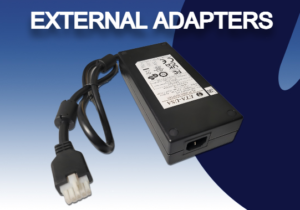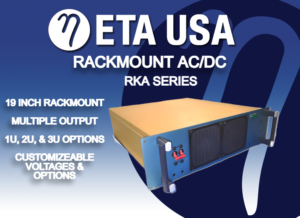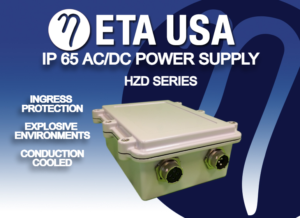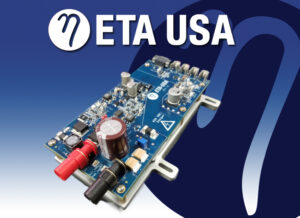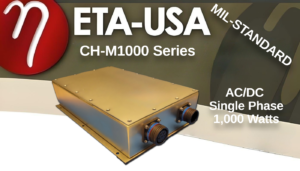Tariffs are a fact of life and will be for the near future. If you are designing a new product or have a current product and need to replace your power converter, this article will help you.
- Learn how TAA sourcing will mitigate the risk of fluctuating tariffs from eating at your bottom line.
- Show you how to find a replacement power supply/ power converter for your application
- Explain the additional considerations needed when you are qualifying a new power converting product for your design.
What is TAA Compliance and How Can it Help Me?
TAA stands for the Trade Agreements Act, a U.S. law that was created to make sure that products the U.S. government buys come from countries the U.S. has trade agreements.
What is “TAA Compliance”?
When a product is TAA compliant, it means:
-
It is made or substantially transformed (significantly changed) in:
-
The United States, or
-
A country that the U.S. has a trade agreement with (like Japan, Taiwan, or South Korea).
-
Doesn’t the US have a Trade Agreement with China?
This can be a point of confusion. While the United States and China engage in extensive trade, China is not considered a “designated country” under the Trade Agreements Act (TAA). This means that products made in China are generally not TAA compliant and cannot be sold to the U.S. federal government under contracts that require TAA compliance.
In addition, Chinese products have been the target of increasing tariffs and excluded from sales to the US Federal Government. In 2025, the US government has made a deliberate effort to reduce the amount of Chinese imports into the US, which is expected to continue in the near future.
But the US Government Plans on Adding Tariffs on All of its Trading Partners, why Should I Consider TAA Sources?
The best strategy is to source from a supplier that will provide the most stable pricing. Luckily, all of ETA-USA’s products are TAA Compliant and not subject tariffs directed at China.
How do I Select the right Power Supply?
You can read the post Selecting the Right Power Supply for more in depth information, but to explain briefly.
- Identify your power conversion need and power consumption.
- Do you need an AC/DC converter? ETA-USA’s line of AC/DC switching power supplies accept universal input and can be used worldwide
- Do you need a DC/DC converter? ETA-USA has a line of wide input DC/DC converters to save you the time of replacing parts that accept different input voltages.
- What about the Watts? The rated wattage on a power supply is calculated by multiplying the output voltage (Volts, typically DC voltage) by the output current (Amps). You will want to make sure the voltage matches as close as possible, but you can always oversize the current rating without damaging your product, the job of the power supply will deliver only what your product demands.
- Check the fit of your replacement
- Switching power supplies come in a variety of forms, but this can easily me solved:
- Check the Connection between the power supply and your system
- Most of ETA-USA’s AC/DC and DC/DC power supplies interface with standard terminal rings or headers.
- For AC/DC external adapters, ETA-USA can accommodate a modification to the DC output cable assembly with low MOQ (30 pcs production, 1-2 evaluation units) without significant impact on price of safety certifications
- What type of third party safety or standards do I need to adhere to?
- Unless you have a product that will be used in a medical application, you just need a power supply that has ITE certification that meets the harmonized standard of IEC62368-1, which can be found on many of ETA-USA products.
- Different regions may require that the certifying body be specific. ETA-USA products are certified for North and South America, Europe, and Japan.
- If your product is being used in a medical application, you will need 60601 certification. To learn more, read the blog post about ITE vs Medical Grade Power Supplies.
- If you are replacing a low voltage, low power DC-DC converter, you will likely not need to be concerned about third party certification.
- Unless you have a product that will be used in a medical application, you just need a power supply that has ITE certification that meets the harmonized standard of IEC62368-1, which can be found on many of ETA-USA products.
It may be daunting, but ETA-USA is here to help. Contact a representative with your switching power supply requirements today!

